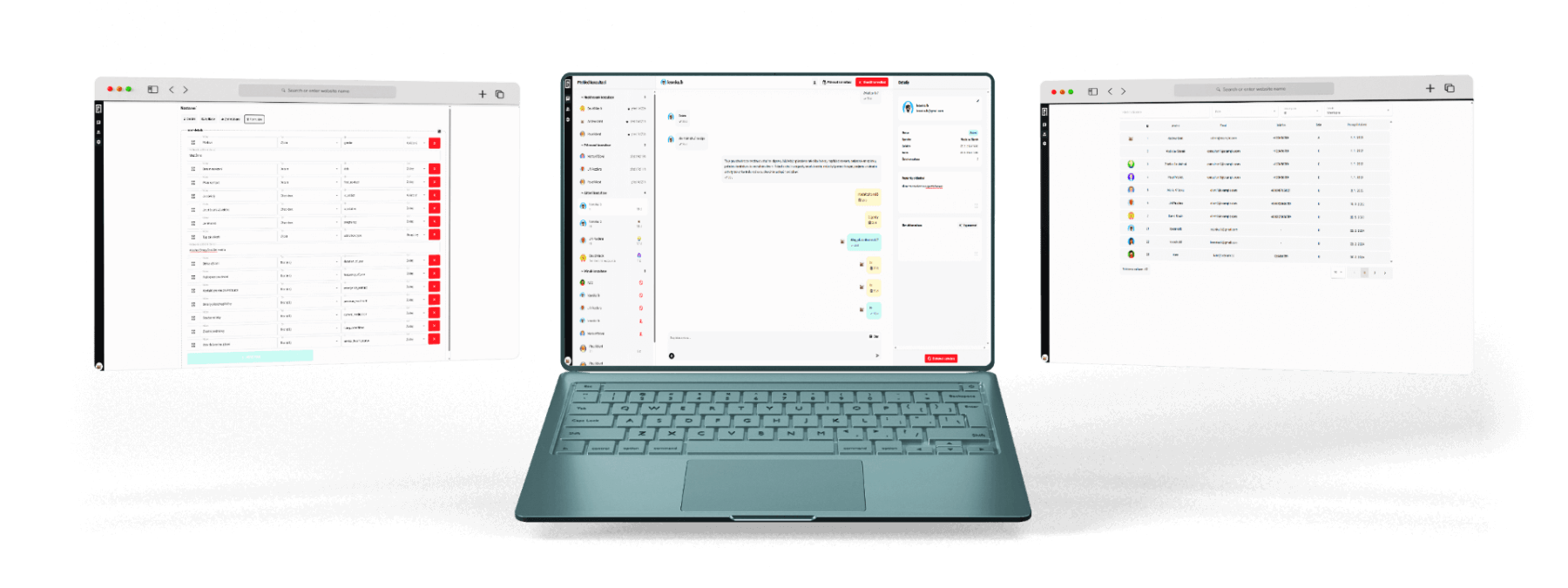If you regularly attend lectures, workshops, or team meetings, you’ve probably faced the challenge of how to effectively capture the content without constantly taking notes. This is exactly where Dicteit can help – an online tool that uses artificial intelligence to transcribe spoken word in real time. Beyond transcription, it also offers automatic summarization and form templates, which can significantly save time when processing the output.
For high-quality transcription, it’s important to prepare not only in terms of content but also technically. A stable internet connection is essential, as Dicteit functions exclusively online. Without internet access, transcription won’t be possible. It’s also worth using a quality microphone, which reduces background noise and captures your voice more clearly than built-in devices. A quiet environment with minimal distractions is also recommended.
Dicteit runs directly in a web browser, with no installation required. To start recording, simply allow microphone access and begin speaking. The transcription happens in real time and is displayed directly in the app interface. Offline mode is not yet supported, so a continuous internet connection is required throughout the recording.
Once the recording is complete, you’ll receive a full transcript that can be edited and adjusted as needed. If the transcription includes technical terms or foreign names, it’s a good idea to manually review the text for accuracy. Dicteit also provides tools to help organize the document – you can add keywords, define action points, or generate a summary.
The automatic summarization feature is one of the app’s key strengths. After transcription, Dicteit can generate a concise summary of the content with a single click. This can serve as an annotation, a study overview, or an introduction for a shared document. Users can also create custom forms, for example with a “Goal – Process – Outcomes” structure, or use ready-made templates. All of this helps speed up understanding of the material and planning next steps.
As for export options, the transcript can be downloaded in .txt, .docx, or PDF format. This makes it easy to archive, further edit, or directly share the content via university platforms, email, or cloud storage. A clear, well-structured transcript increases accessibility for those who couldn’t attend in person. It can also be used for subtitles or to review lessons afterward.
Feedback from students and professionals confirms that AI transcription is not just a helpful tool, but a practical solution for working more efficiently. Many users especially appreciate how easy it is to use – no technical skills are needed. Just open a browser and start talking.
In conclusion, Dicteit is the ideal choice for anyone who wants to quickly and efficiently capture spoken content. Thanks to real-time transcription, automatic summarization, and form templates, it becomes a versatile assistant for education, meetings, and research interviews.
Try it yourself at www.dicteit.com




